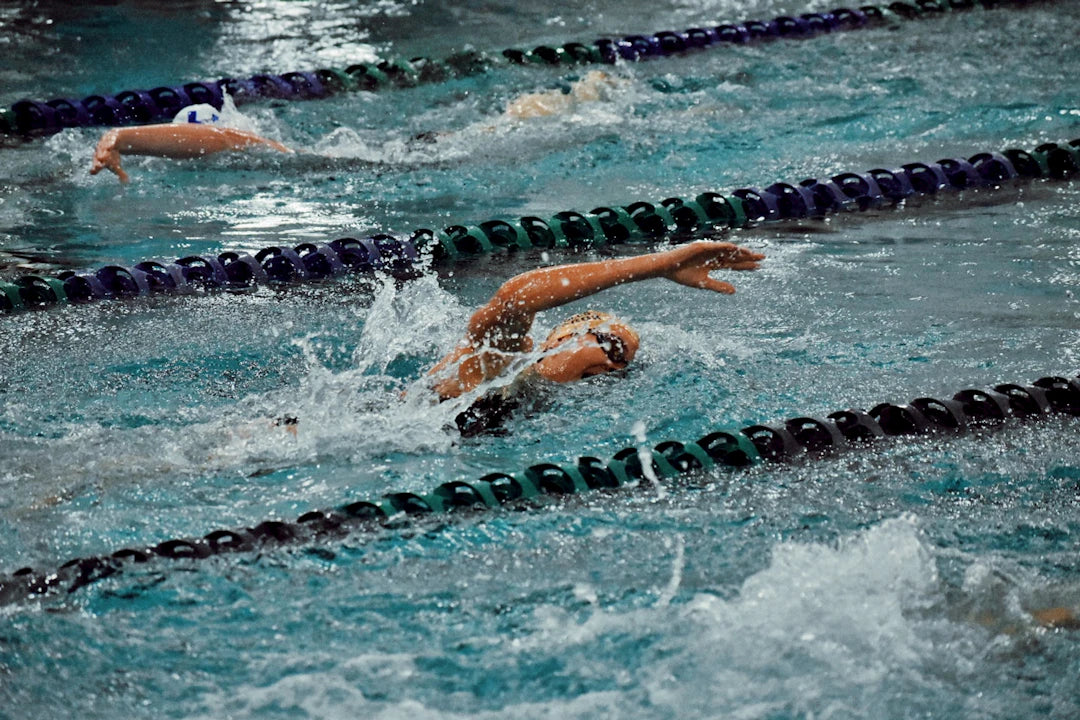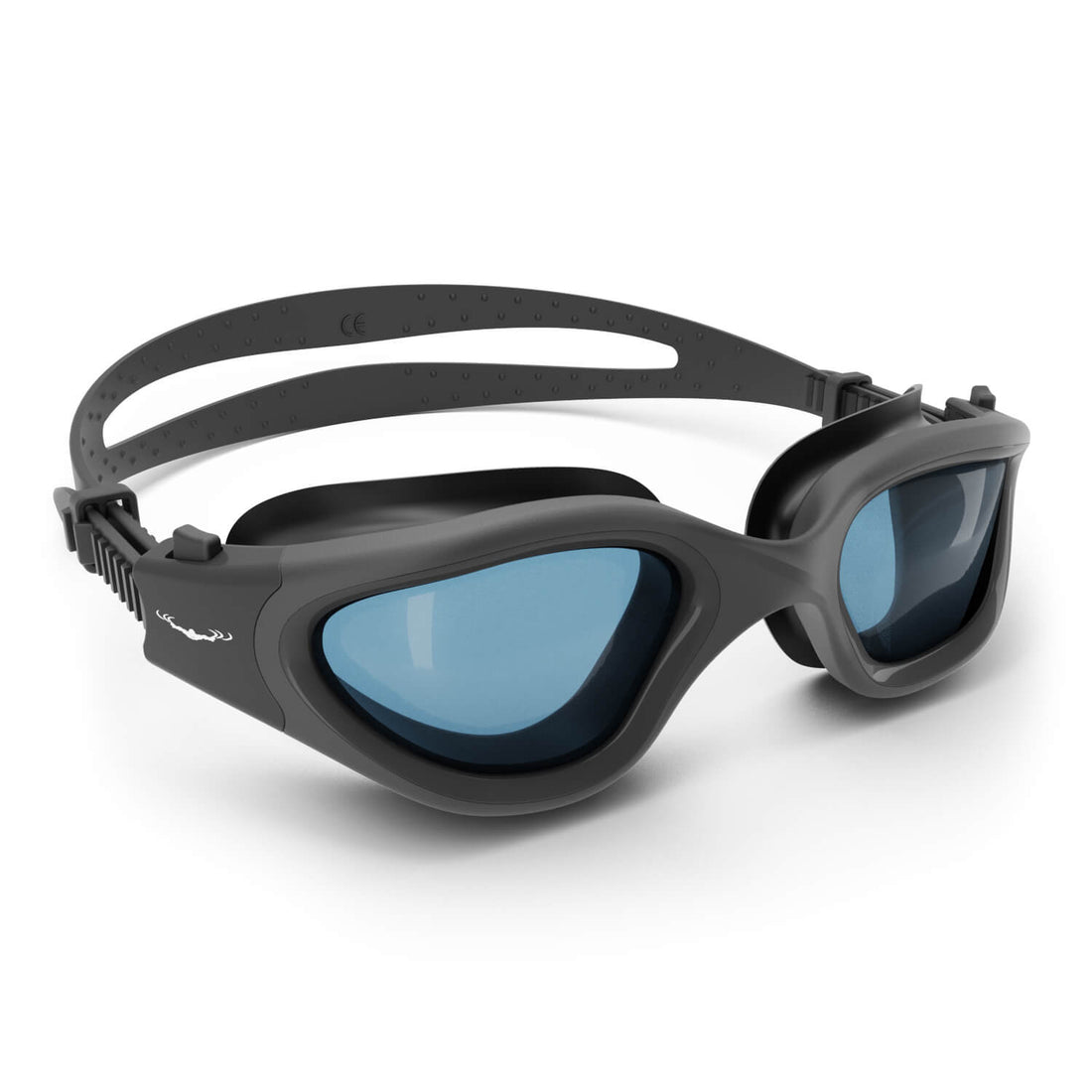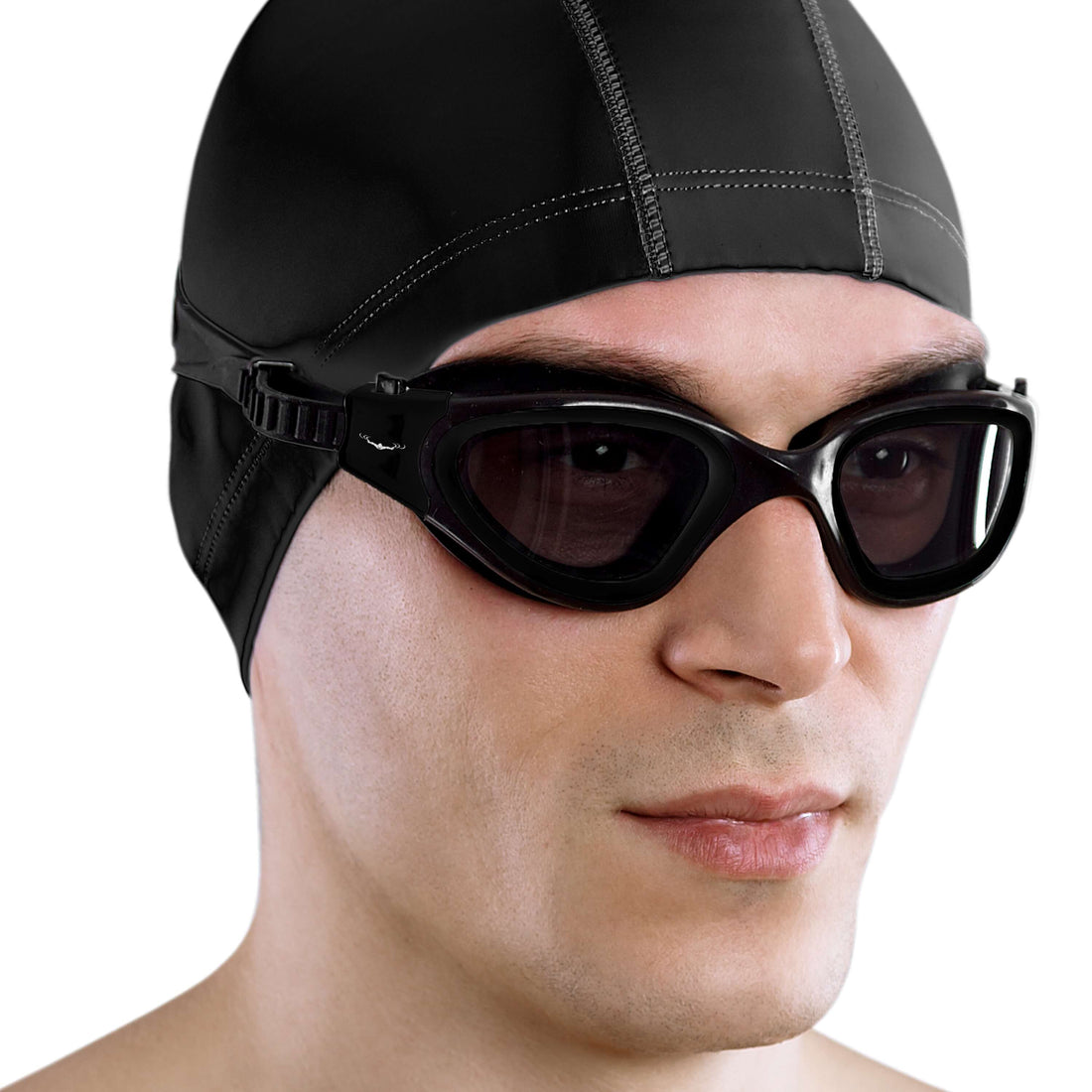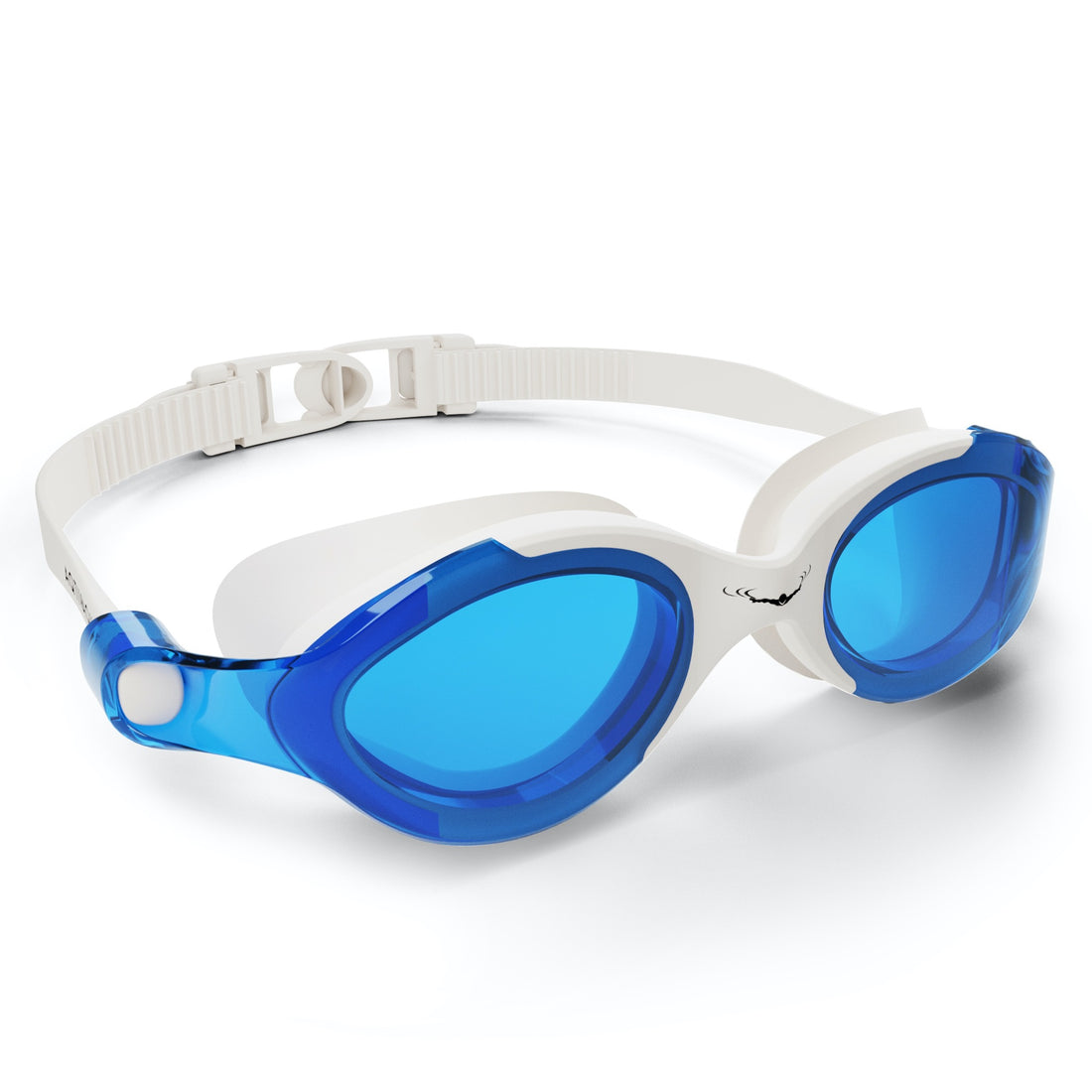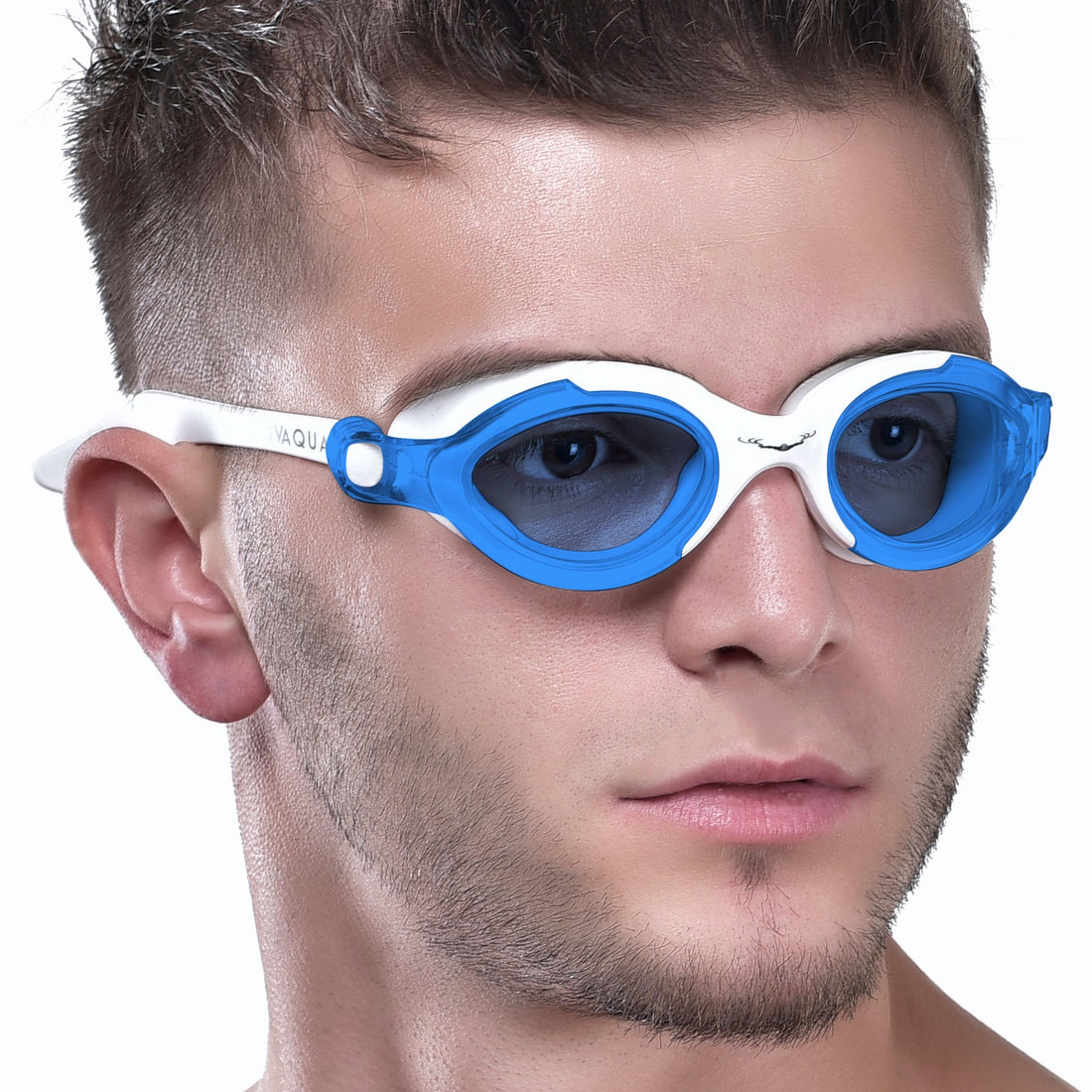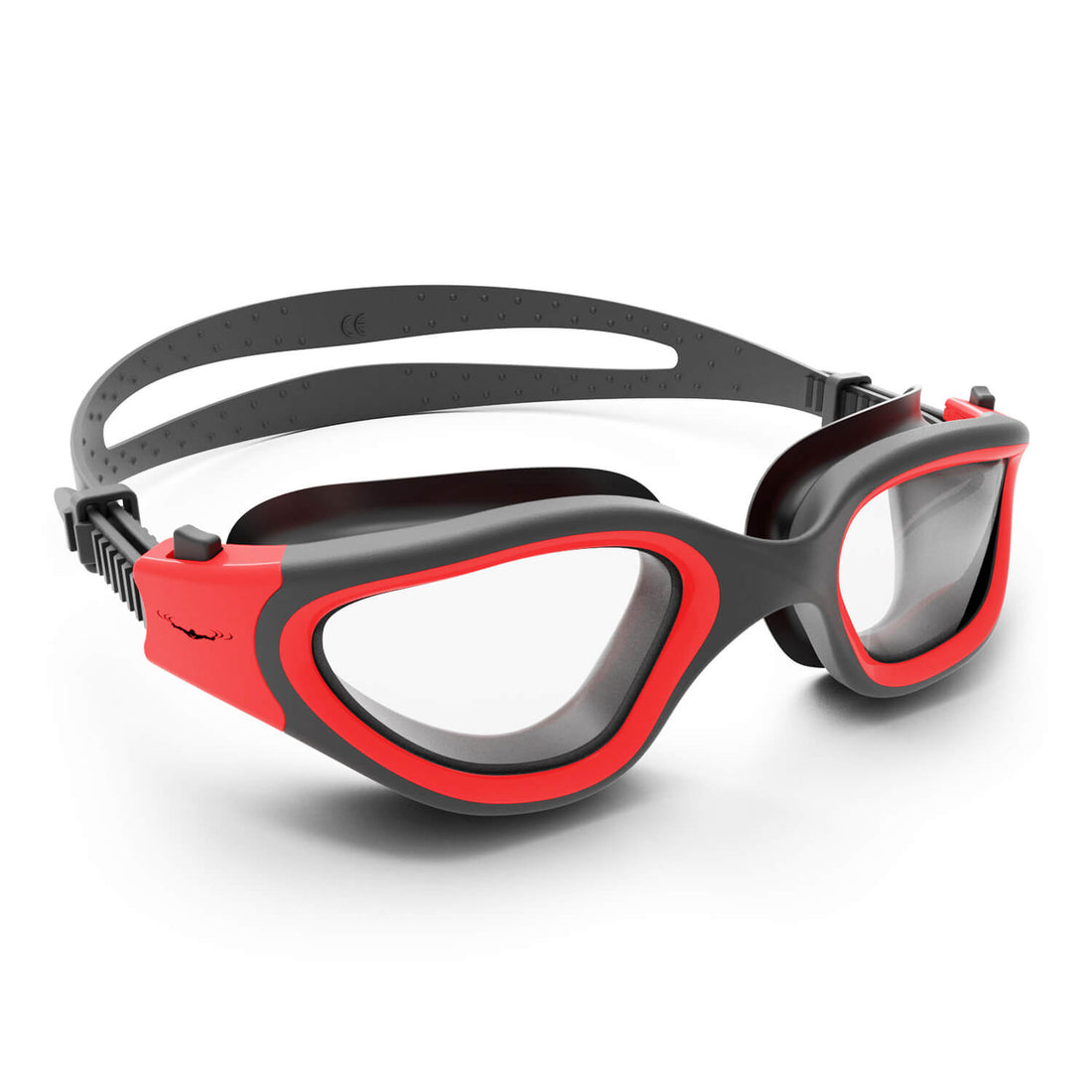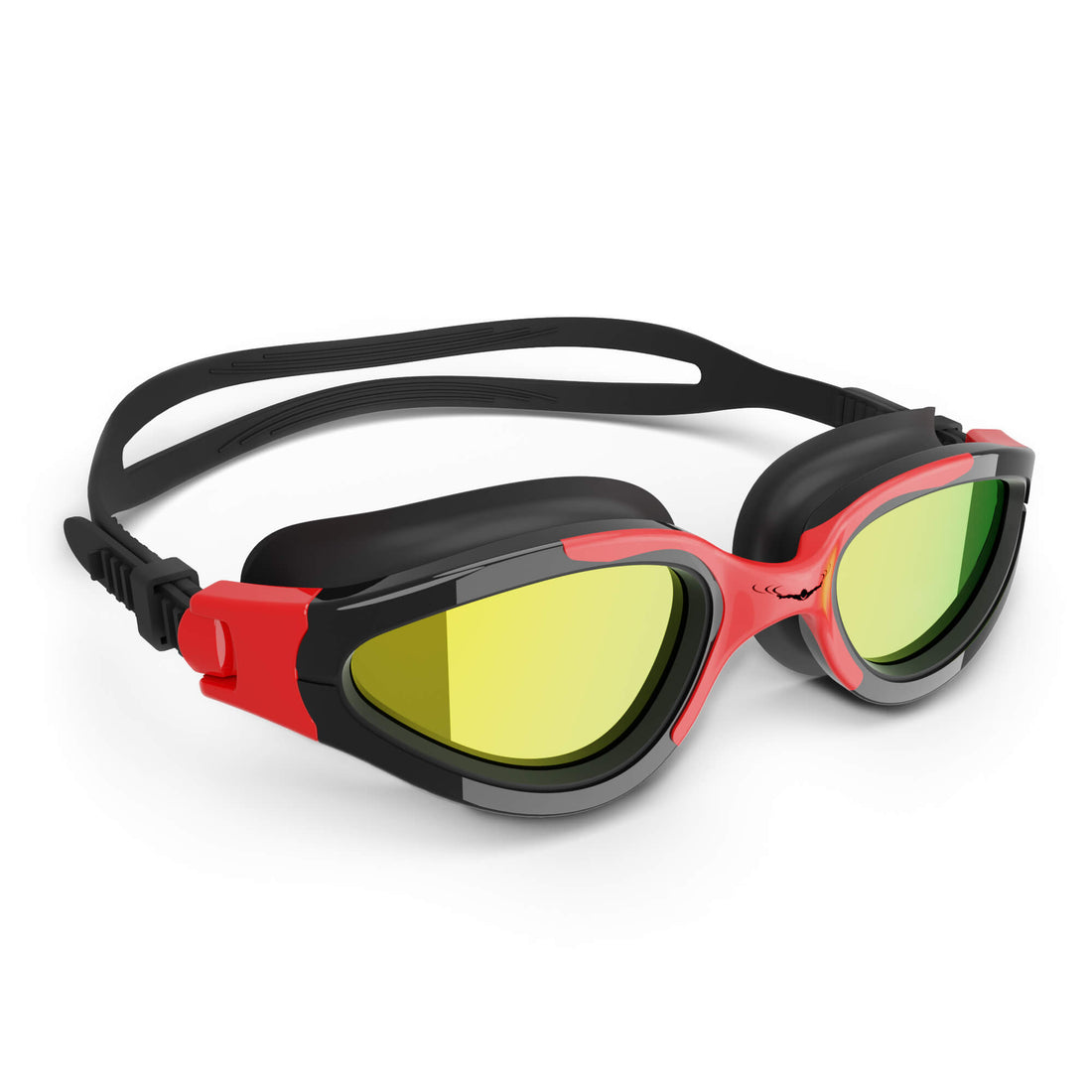Frequently Asked Questions
1. What are the ancient origins of swimming?
2. When did modern competitive swimming begin?
3. How did the Olympics influence competitive swimming?
4. What advancements have been made in swimming techniques and gear?
5. What is the significance of mental training in competitive swimming?
Competitive swimming has captivated audiences for centuries, evolving into a sport that combines athleticism, strategy, and an undeniable sense of artistry. This blog post takes a closer look at the rich history and development of this fascinating sport, highlighting key milestones and trends that shaped competitive swimming today. Whether you’re a swimmer or simply someone who appreciates the dedication and strategy involved in the sport, there's something to learn about its transformation over the years.
Ancient Roots of Swimming
The origins of swimming date back to prehistoric times, with evidence of swimming depicted in ancient art from civilizations such as Egypt and Greece. As early as 2000 BC, the Minoans of Crete constructed pools where aquatic activities took place. Swimming was not just a leisure activity; it was also essential for military training and survival. Ancient Greeks and Romans incorporated swimming into their Olympian games, laying the groundwork for organized competitions.
The Birth of Competitive Swimming as We Know It
The late 19th century saw the establishment of modern competitive swimming. The first official swimming competitions were held in 1837 in London. As the sport gained popularity, the National Swimming Society was formed in England in 1837, which introduced standardized rules that expanded the competitive scope. This was a significant milestone because it marked the formal recognition of competitive swimming as a sport rather than just a recreational activity.
The Olympics and Competitive Swimming
The first modern Olympic Games in 1896 featured swimming events, significantly impacting the sport's visibility and participation. Initially, swimming was only available for men, but by the 1912 Stockholm Olympics, women were also permitted to compete. This was a critical turning point; it increased women's involvement in sports and shaped the future of competitive swimming.
Key Developments in Swimming Technique
As competitive swimming progressed, so too did the techniques employed by athletes. The freestyle stroke, which was originally a crude form of swimming, underwent transformations as swimmers adopted a more efficient and faster style. Innovations such as the "crawl" stroke, which became popular in the early 20th century, allowed swimmers to glide through the water, maximizing their speed.
Equally important are the advancements in swimming gear. The introduction of wide view swim goggles revolutionized athletes’ training and performance. These goggles enhance visibility and comfort, helping swimmers to focus more on their technique rather than grappling with water entering their eyes. This equipment has profoundly impacted competition times, creating a more level playing field for athletes across the board.
The Rise of Professional Swimming Leagues
The latter half of the 20th century marked a significant transition with the advent of professional swimming leagues, enabling athletes to pursue swimming as a career. Programs like USA Swimming and FINA (Fédération Internationale de Natation) focused on not only fostering talent but also improving the overall standards of competition. The sport started to attract more sponsorships and media attention, creating a sustainable model for professional swimmers.
Innovations in Swimwear
As competitive swimming grew, so did the technologies behind swimwear. The introduction of high-performance fabrics designed to reduce drag became a game changer. Swimmers began wearing suits that not only flaunted style but also enhanced their speed. With advancements like full-body suits that compress muscle and streamline movement, there was a dramatic impact on performance at competitions. The controversy surrounding certain swimwear technologies also highlighted the need for regulations and maintained the spirit of fair competition.
Training Techniques and Coaching Innovations
Modern competitive swimming has also benefited from advances in coaching, sports science, and analytics. Coaches now implement sophisticated training regimens, focusing not just on physical conditioning but also on nutritional strategies, mental preparation, and recovery techniques. For example, the development of swim ear bands has enabled swimmers to prevent water from entering the ears, protecting against infections and enhancing concentration during races.
The Importance of Mental Training
Mental conditioning is now recognized as critical to competitive swimming success. Athletes often participate in visualization techniques, mindfulness practices, and performance psychology. This holistic approach has enabled swimmers to enhance their focus and resilience, leading to improved performance in high-pressure situations like Olympic competitions.
The Influence of Technology on Competitive Swimming
In today's digital age, technology continues to play a significant role in swimming. From sophisticated timing systems that measure performance to swim analysis software that helps athletes understand their stroke mechanics in real-time, technology is reshaping training and competition. Video reviews, heat maps, and performance analytics are commonplace, allowing swimmers to optimize every stroke, breath, and turn for maximum efficiency.
The Future of Competitive Swimming
As we look forward, the evolution of competitive swimming is poised to enter a new phase. The popularity of events like the FINA World Swimming Championships and the Olympics continues to grow, attracting more participants and fans worldwide. Grassroots programs are also encouraging younger generations to take a dip, ensuring swimming remains a beloved sport for years to come.
The advancements in swimming gear, such as wide view swim goggles and other protective equipment like swim ear bands, not only enhance athlete performance but also promote safety, making the sport more appealing to newcomers. Moreover, the integration of technology in training and competition will continue to evolve, promising improvements in athlete performance and spectator enjoyment.
Beyond the Pool: Swimming's Global Impact
Competitive swimming transcends mere athletic achievement; it impacts community health, fosters teamwork, and promotes global interaction among diverse cultures. International swimming competitions unite athletes from various backgrounds, emphasizing values such as sportsmanship and camaraderie. The positive impact of swimming can be seen in how it brings communities together while also promoting healthy lifestyles.
Swimming and Mental Health
In recent years, there has been a growing acknowledgment of swimming's mental health benefits. Engaging in swimming not only improves physical condition but can also help alleviate anxiety and stress while promoting a sense of achievement. As more research highlights these benefits, swimming programs may also see an increase in participation from individuals seeking ways to improve their mental well-being.
Join the Swim Revolution
As competitive swimming evolves, there has never been a more exciting time to dive into the water. From its historical roots to its current innovations, swimming embodies a blend of tradition and modern advancements that promise to keep it at the forefront of sports. Whether you are a seasoned swimmer or a newcomer to the sport, the rich tapestry of competitive swimming connects us all through our shared love of water.
Dive in and explore the sport of swimming like never before. Whether it’s improving your techniques, investing in high-quality gear like wide view swim goggles, or simply enjoying a leisurely swim, the journey is yours to make. Embrace the water and be part of the vibrant swimming community that inspires us to go the distance.
Discover the creativity of other Shopify or Wix store owners by visiting their stores. Follow this link to their online store. Please remember that this is a promotional link, and we assume no liability for the content of the linked store.


